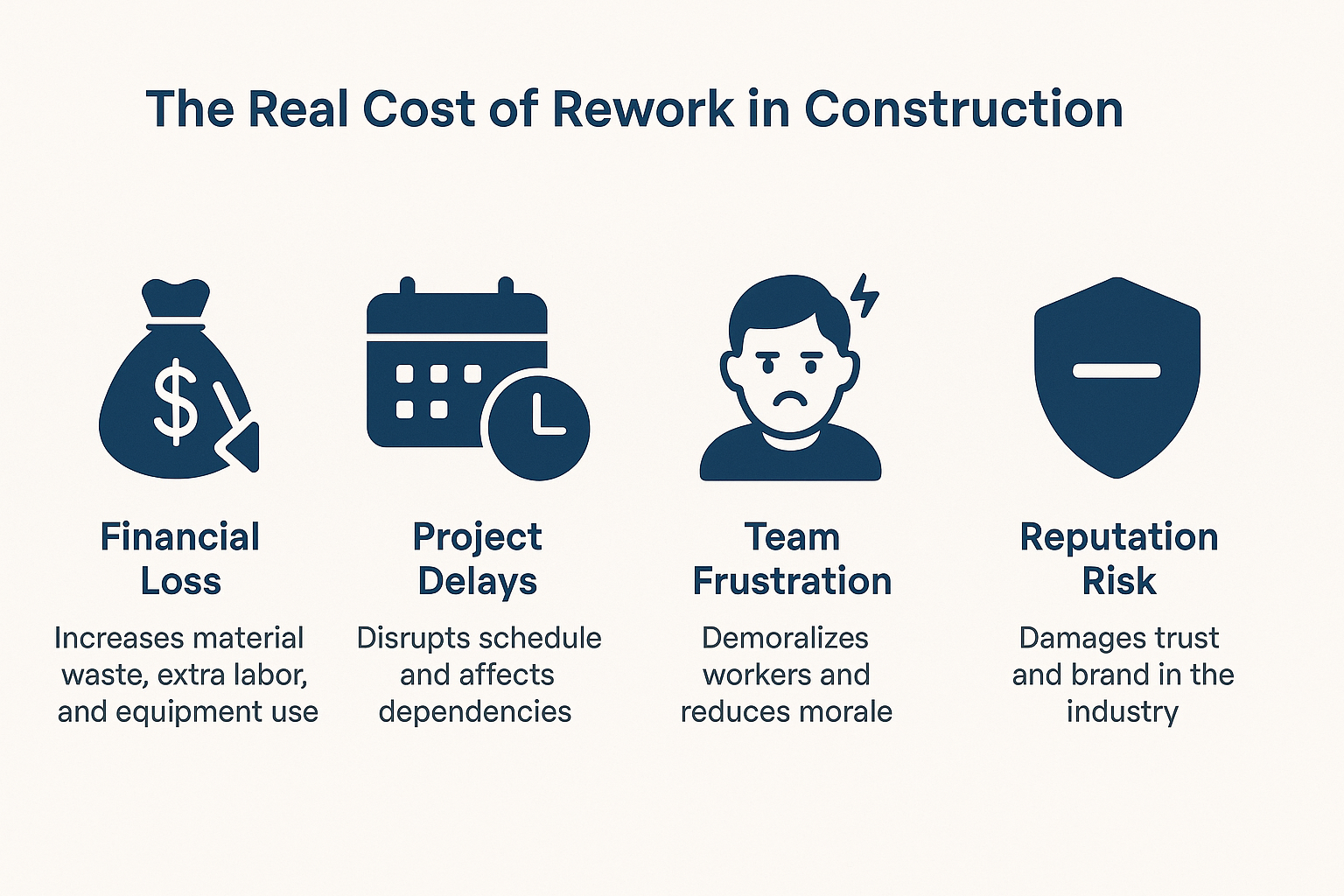Every industry today is running on project logic, even if it wasn’t designed to. Whether you’re building bridges or mobile apps, modern work now revolves around deadlines, deliverables, and collaboration. That’s exactly why project management isn’t just for construction or IT anymore. It’s become the backbone of everything — from retail campaigns to hospital expansions.
Project management software like Orangescrum helps businesses transform their fragmented and reactive workflows into unified and project-driven systems. As a team, we have seen firsthand how adopting project management principles boosts efficiency, improves outcomes, and creates long-term value, no matter the industry.
Businesses must embrace project-based thinking and deploy structured project management frameworks to remain competitive. This isn’t optional—it’s essential for sustainable growth.
What Is a Project Business—And Why Is Everyone Becoming One?
A project business delivers its value through structured projects, not just ongoing operations. These businesses break down work into finite, measurable, and repeatable processes, ensuring clarity, accountability, and results.
Why this matters:
- Most work today is cross-functional and collaborative
- Clients expect speed, transparency, and outcomes
- Teams are remote, hybrid, and highly specialized
- Markets demand rapid adaptation and innovation

Project Management Is Now Industry-Agnostic
Let’s dive into how different industries are evolving under the influence of project management.
Construction: The Origin of Modern Project Thinking
Construction was the first to treat work as a project. But today, the game has changed:
- Digital Gantt charts replace paper schedules
- Site updates happen in real time via cloud platforms
- Resource tracking and budget controls are automated
- Collaboration tools connect architects, contractors, and clients instantly
Manufacturing: Shifting from Linear to Agile
Manufacturing used to be all about repetition. Now?
- Product customization requires task-level planning
- R&D and prototyping function like mini-projects
- Agile practices ensure flexibility in assembly lines
- ERP + CRM integrations enable real-time feedback
Healthcare: Delivering Patient Care as Projects
From patient admission to discharge, care is delivered in project phases:
- Surgical procedures follow step-by-step protocols
- Clinical trials are complex, deadline-bound projects
- Equipment upgrades require stakeholder coordination
- Compliance and reporting involve milestone tracking
Education: Learning as Iterative Projects
Modern education is built on modular, project-based learning:
- Curriculum design is now iterative and feedback-driven
- Launching online platforms requires tech project planning
- Accreditation and audit workflows are project-managed
- Internal ops—events, hiring, onboarding—run like mini-projects
Software & Tech: Agile by Nature
Of course, tech leads the pack:
- Agile, Scrum, and Kanban are now universal standards
- Releases, sprints, and backlogs are part of the daily lingo
- DevOps integrates operations into project timelines
- Cross-functional squads handle features like mini startups
Key Characteristics of a Project Business
Let’s break it down. If your business has these traits, you’re already a project business:
- Defined start and end dates
- Specific goals and deliverables
- Resource allocation and budget
- Cross-team collaboration
- Iteration and review cycles
- Measurable outcomes
Each of these elements is at the core of effective project management. The sooner you embrace them, the faster your business can scale with clarity.
Real-World Parallels: Construction vs. Software Projects
Construction Industry
- Blueprint creation
- Permit & compliance checklist
- Site scheduling & workforce setup
- On-site execution and inspections
- Final handover
Software Development
- Product roadmap & user stories
- Security & legal reviews
- Sprint planning with team stand-ups
- QA testing and performance tracking
- Code deployment & product release
Both industries rely heavily on project planning, stakeholder communication, risk tracking, and defined timelines. Different tools — same mindset.
Conclusion
In this age of complexity, speed, and innovation, one thing is crystal clear: every business is becoming a project business. Whether you’re managing software releases, patient care, retail launches, or public infrastructure, structured execution is now a universal requirement.
Project management isn’t just a tool—it’s a mindset. It’s how modern work gets done, across every sector, every department, and every team. So, if your business isn’t already operating like a project business, now is the time to start.
Frequently Asked Questions (FAQs)
Q1. What does “project business” really mean?
A project business organizes its work into discrete, goal-oriented projects with deadlines and measurable outcomes, rather than ongoing, undefined workflows.
Q2. Why is project management now critical across industries?
Because work is more complex, remote, and outcome-driven than ever. Project management brings structure, accountability, and agility, regardless of the industry.
Q3. Is project management only for big companies?
Not at all. Small businesses benefit immensely from project management software, gaining visibility, efficiency, and speed without adding headcount.
Q4. How do I know if I’m already a project business?
If your teams work in sprints, track deadlines, assign tasks, and deliver results to clients, you’re already operating as one.


